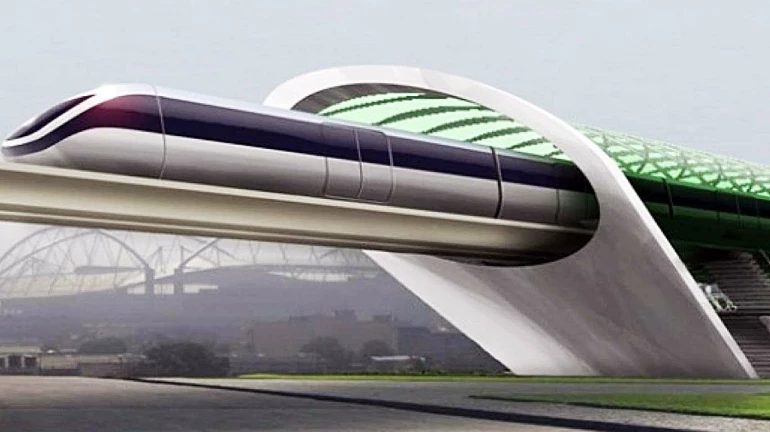
The Mumbai-Ahmedabad bullet train project has taken a significant step forward. In the latest update, the railways have begun drilling a 21-kilometre tunnel at four different locations for this ambitious project.
The tunnel entrance sites are located at Vikhroli, Thane, Savali, near Ghansoli, and BKC, which is the location of the main station. The deepest section of the tunnel will be 56 metres below the surface in Vikhroli. It will range from 25 to 57 metres deep below the surface.
The tunnel construction will commence a year from now, once the entry points are prepared and the tunnel-boring machines (TBMs) are in place. The TBMs will be lowered into the entrance locations or shafts and directed towards Ghansoli and BKC. The tunnel's lowest construction point will be 114 metres below Parsik Hill, close to Shilphata.
The tunnel will consist of a single tube of twin tracks for rail lines. The New Austrian Tunnelling Method will be used to complete the remaining five kilometres of construction. Controlled blasting will be used to build shafts in high-density areas. The BMC has asked NHSRCL to take appropriate action during construction due to air pollution concerns at the BKC site.
The 4.8 hectares of land needed to build the BKC bullet train station have been obtained by NHSRCL. A bottom-up approach will be used to construct the station, meaning that excavation will start at ground level.
The station will require a 32-metre-deep excavation. The bottom-up approach will be used for construction, starting with excavation at ground level and then beginning concrete work at the foundation. So far, 681 supervisors and labourers are working on the project. It is estimated that a workforce of up to 6,000 people will be needed per day during peak hours.





